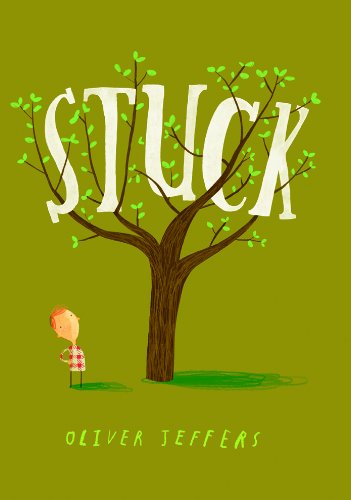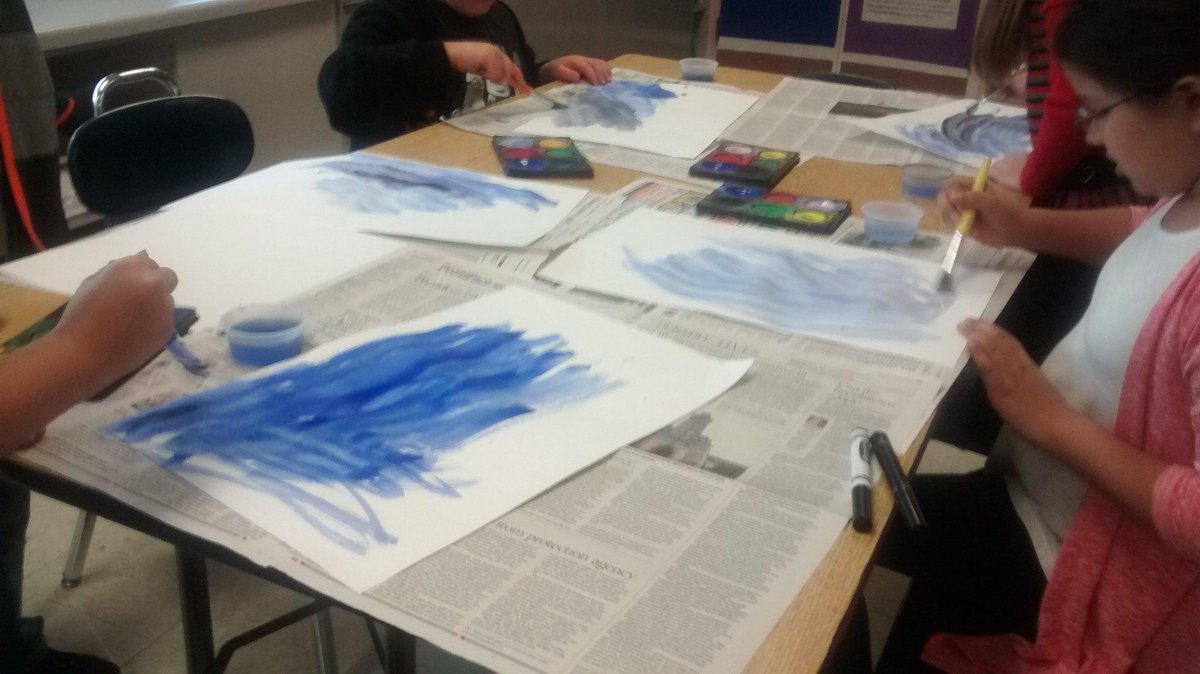In the past I have done a pop-up card and an abstract work of art. Both, I feel were not the best to display the students learning. THIS YEAR THOUGH. Oh snap.
I luckily enough had these dense cardboard pieces saved for me over the summer. With the help of prep time, an electric three-hole punch, and just having enough time in class. My students created these awesome little stand up booklets (I choose booklets because it is one page).
Like many projects I do, we sketch! I discussed the horizon line and size changes with them but also what details might help tell the viewer what weather it is. This is one part I wish we had more time on but I wanted to get it done quick. Why? You'll find out.
After just a class of sketching, we created the final cover and a facts writing sheet. The writing, I even demonstrate in my example video, that spelling is not important to me BUT important to their classroom teacher. I mainly cared about the cover. Due to the size of the booklets, the cover paper had to be a bit smaller.
Next class was putting it all together. This is where the electric hole punch came in. I have about 60 students between my two 2nd grade groups, each needed two. THEN hole punching those writing sheets. I made a set of 5 holes and told them to make a sandwich of their board, facts sheet, and board. Luckily a good number of my students know how to tie knots. I told them to triple tie each one and then glue on their cover.
End result, a little booklet that stands on its own.
AND they needed to be done quickly because there is an event at my school called Grand
friends day before Thanksgiving. So we wanted to have the kiddos share them with their grand friends.

















































